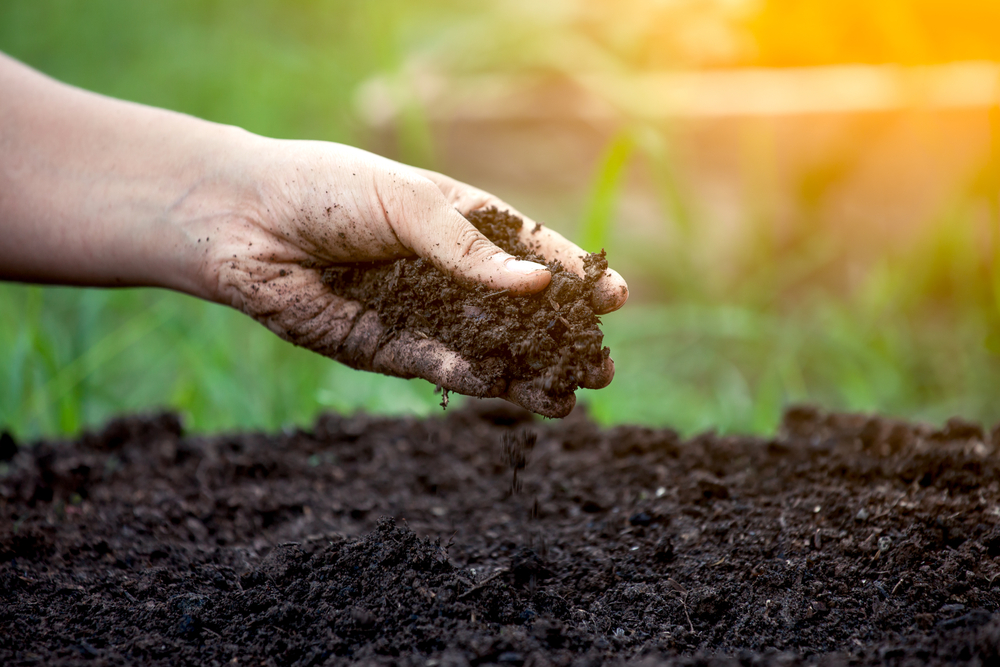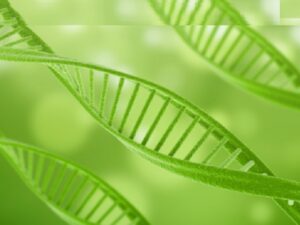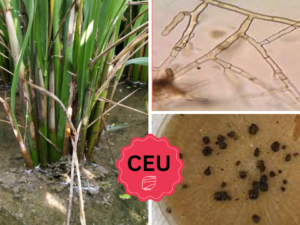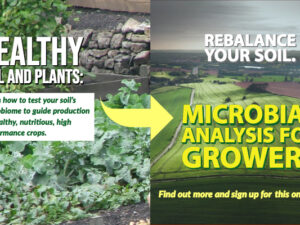Building Better Soil(s)
- Description
- Curriculum
- FAQ
- Notice
- Reviews
- Grade

Healthy soils are an important key to clean environments and nutrient dense food production. As such, healthy soils support the sustainability and the profitability of any farm. Healthy soils also support the sustainability, health, and prosperity of any society.
In this course, I will introduce basic principles about how soils work to clean the air and water around us, and to produce nutritious food.
This course targets beginners, and does not dive deeply into the complexity of soil microbiology, chemistry and physics. Rather, I seek to help home and market gardeners, hobby farmers, and growers with minimal scientific training understand those basic parameters they can monitor to ensure their soil is producing healthy crops.
Participants will be shown the 5 key components of soil, and how each component influences overall soil health.
They will learn how to assess soil texture, improve soil structure, and manage soil minerals, organic matter, and microbiology to ensure that soil quality and crop nutrition improve.
I avoid making any but the most general recommendations about additives that can be used to improve or restore soils. Because the course reaches growers in vastly different natural and regulatory environments, it is important to stick to general principles that apply almost anywhere.
-
1Preview
This preview gives an overview of what to expect from the course.
-
2Welcome and Orientation
This lesson provides a general overview of what we will cover in the course, why the content matters, and who can benefit from enrolling.
-
3Examining Your Soil
Remove a shovel full of soil from your preferred growing area and make observations of the soil quality. Is the soil hard to dig up? If so, what makes it difficult? Is it hard because a thick layer of roots gets in the way of your shovel? Is it rocky? Is it dry or is it moist? What color is
-
7Five Components of Soil
This section identifies the five principle components that make up soil. While we often think of soil as an inanimate object, the definition of soil makes it clear that without live biota, soil does not exist.
-
8Recognizing Mineral Components
This lesson highlights the mineral components of soil, and discusses tools and resources that can help you determine what minerals are in your soil.
-
9Soil Air
This lesson explains why air is a critical soil component.
-
10Soil Water
This lesson covers the basics about soil water, and introduces the concept of water holding capacity.
-
11Soil Organic Matter
This lesson defines soil organic matter and describes its role as food for microbes.
-
12Soil Biology: The Living Fraction
This section describes the living fraction of soil, emphasizing the importance of hosting a complete ecosystem. All taxonomic kingdoms should be represented in a spoonful of soil.
-
13Potential and Promises of Soil Microbes
Read the article from Scientific American found in your resource tab, and answer the questions that follow.
-
14Soil Texture
This lesson introduces the concept of soil texture as determined by particle size and feel. The assignment will help you estimate the texture of your own soil by feel.
-
15Soil Structure
-
19Eighteen Mineral Nutrients That Plants Require
This lesson covers the eighteen mineral nutrients that have been identified as essential for plant growth.
-
20Soil Chemistry Testing
-
21Liebig's Law of the Minimum
-
22Consequences of Ignoring Liebig's Law
-
23Relating Soil Health to Human Nutrition
In this section we explore the relationship between healthy farm soils and healthy populations, highlighting the impact that industrialization has had on human health and consumer understanding of what constitutes "good food."
-
24Adding Mineral Nutrients to Your Soil
-
25Biostimulants
Learn what a biostimulant is, and how it differs from a so-called complete fertilizer.
-
26Building Soil Organic Matter
Learn the pros and cons of manures, composts, cover crops, mulches, and other kinds of organic matter additions.
-
27Building Soil Biology
This lesson provides simple principles for increasing the diversity and abundance of naturally occurring soil microbes, and discusses situations in which added microbes could be advanatageous.
-understand basic soil chemistry, biology, and health principles.
-optimize soil health in order to reduce the need for synthetic inputs.
-maximizing production.
-real life applications for basic soil ecology information.
Discover the World Beneath Your Feet!
We're excited to introduce our online course on soil sciences! Dive into the fascinating realm of soil and its vital role in creating clean environments and nutrient-rich food production, essential for farm sustainability and societal well-being.
Dr. Mary Lucero designed for beginners, making complex soil science accessible to all. Explore the five key soil components and their profound impact on overall soil health.
Learn practical techniques to assess soil texture, improve structure, and manage minerals, organic matter, and microbiology, ensuring better soil quality and crop nutrition.
We value your feedback! Share your thoughts upon completing the course; your input is highly appreciated!
SO, what will you learn?
- Understand the relationship between soil health, plant productivity, and nutrition.
- Name the 5 soil components that make up a healthy soil.
- Carry out qualitative, on site assessments of soil texture and structure.
- Identify the 16 classic, and 18 contemporary mineral nutrients recognized as essential for plant health
- Make practical decisions about when to run soil chemistry tests.
- Understand why scarcity of a single nutrient may limit plant growth, even when other nutrients are abundant.
- Reasons for measuring and managing soil cation exchange capacity (CEC) and pH
- Why researchers are exploring soil redox chemistry as an indicator of soil health.










